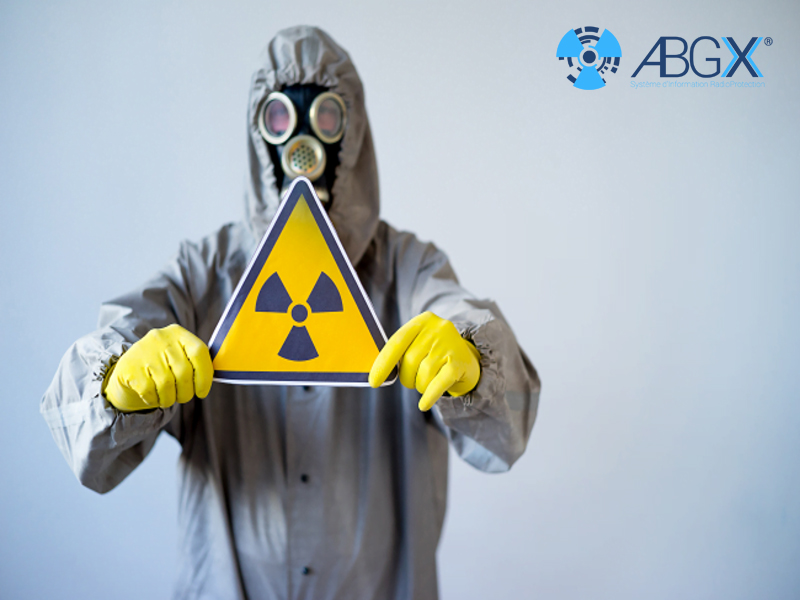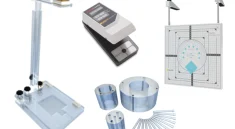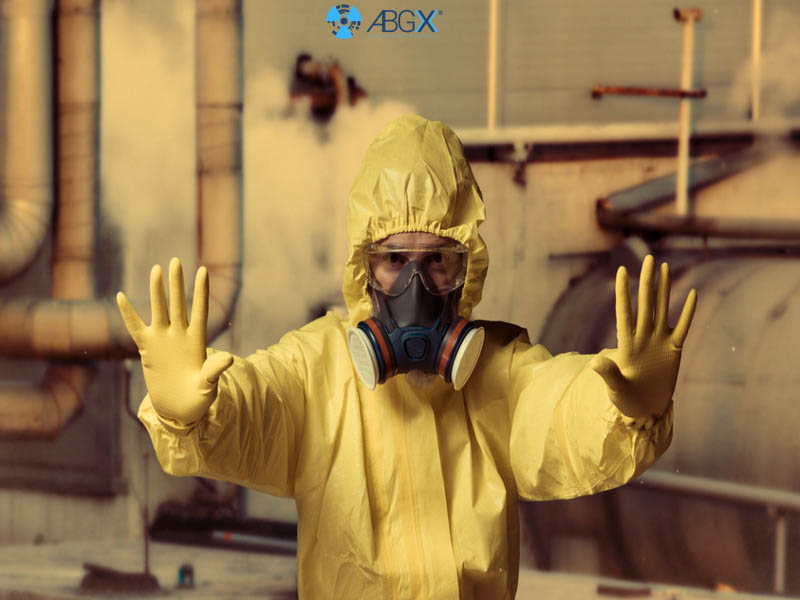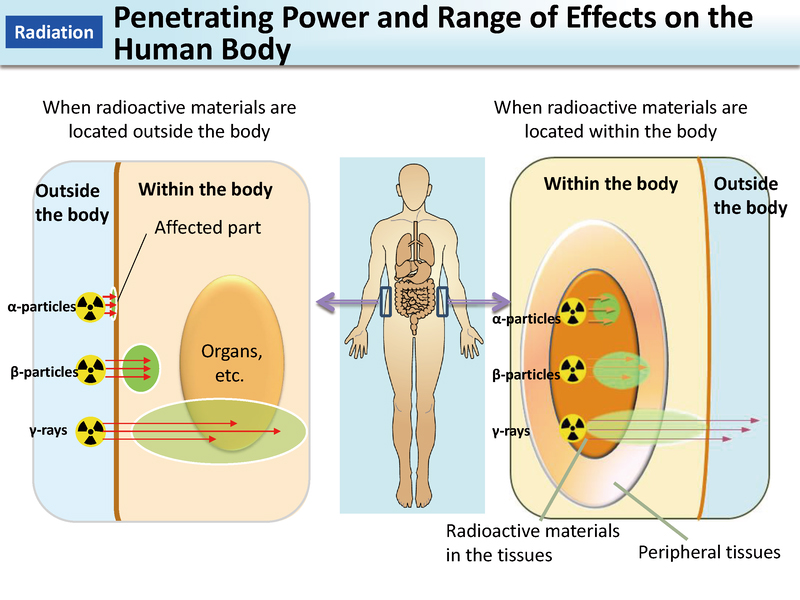ABGX – Radiation Protection Management: Protection Plans & Personal Protective Equipment
Understanding Radiation Protection Management
Radiation exposure is a serious health risk in various industries, including healthcare, nuclear energy, and research. Effective Radiation Protection Management ensures safety for workers and the environment. Proper protocols and equipment minimize exposure risks, safeguarding human health.
Organizations must implement comprehensive radiation protection plans. These strategies should comply with regulatory standards and industry best practices. Ensuring worker safety requires training, monitoring, and the use of personal protective equipment (PPE).
“Read more : Solar Radiation vs. Artificial Radiation: Which Is More Dangerous?“
Key Elements of Radiation Protection Management
1. Risk Assessment & Monitoring
The first step in Radiation Protection Management is risk assessment. Employers must evaluate workplace radiation levels. Continuous monitoring helps in identifying high-risk areas and necessary safety measures.
Using dosimeters and radiation detectors allows real-time exposure tracking. Advanced monitoring systems ensure compliance with safety regulations and protect personnel from excessive radiation.
2. Radiation Protection Plans
A structured protection plan is essential. It includes radiation control measures, safety training, and emergency response procedures. Implementing clear guidelines helps minimize occupational hazards.
Organizations should establish standard operating procedures (SOPs) to guide employees. Regular audits and safety drills ensure plan effectiveness and worker readiness.
3. Personal Protective Equipment (PPE)
Wearing proper PPE significantly reduces radiation exposure. Essential protective gear includes lead aprons, thyroid shields, and radiation-resistant gloves.
- Lead Aprons: Essential for professionals in radiology and nuclear medicine.
- Thyroid Shields: Protect the sensitive thyroid gland from radiation.
- Radiation-Resistant Gloves: Provide hand protection for individuals handling radioactive materials.
- Protective Eyewear: Reduces eye exposure to harmful radiation.
Ensuring PPE quality and proper usage is crucial. Employers should provide regular training on correct handling and maintenance.
4. Training & Education
Radiation safety training is a key aspect of Radiation Protection Management. Employees must understand radiation hazards and best safety practices.
Training programs should cover:
- Radiation exposure limits and risks.
- Safe handling of radioactive materials.
- Proper use of monitoring devices and PPE.
- Emergency response in radiation incidents.
Regular refresher courses keep workers informed about new safety measures and regulatory updates.
5. Regulatory Compliance & Guidelines
Following national and international radiation safety guidelines is mandatory. Agencies such as the International Atomic Energy Agency (IAEA) and Occupational Safety and Health Administration (OSHA) set regulations to protect workers.
Organizations must comply with:
- Radiation dose limits.
- Safe waste disposal methods.
- Workplace radiation monitoring standards.
- Employee health surveillance programs.
Adhering to these guidelines ensures legal compliance and enhances workplace safety.
“Read more : ALIVEfm – Music Suitable for Relaxation Therapy Yoga“
Advanced Radiation Protection Technologies
Modern technology enhances Radiation Protection Management through innovative solutions. Some advanced protective measures include:
- Automated Radiation Monitoring Systems: Real-time exposure tracking with instant alerts.
- Shielding Materials: High-density materials like lead and tungsten reduce radiation penetration.
- Remote Handling Equipment: Robotic systems allow safe manipulation of radioactive materials.
Research and development continue to improve radiation safety. Emerging technologies provide better protection against exposure risks.
The Role of ABGX in Radiation Protection
Staying updated with industry advancements is crucial. Platforms like ABGX and abgx.net provide the latest news and research on radiation safety.
ABGX offers insights into:
- New radiation protection gear.
- Regulatory changes and compliance updates.
- Case studies on radiation safety improvements.
Utilizing resources from ABGX helps professionals enhance their safety protocols and stay informed on best practices.



